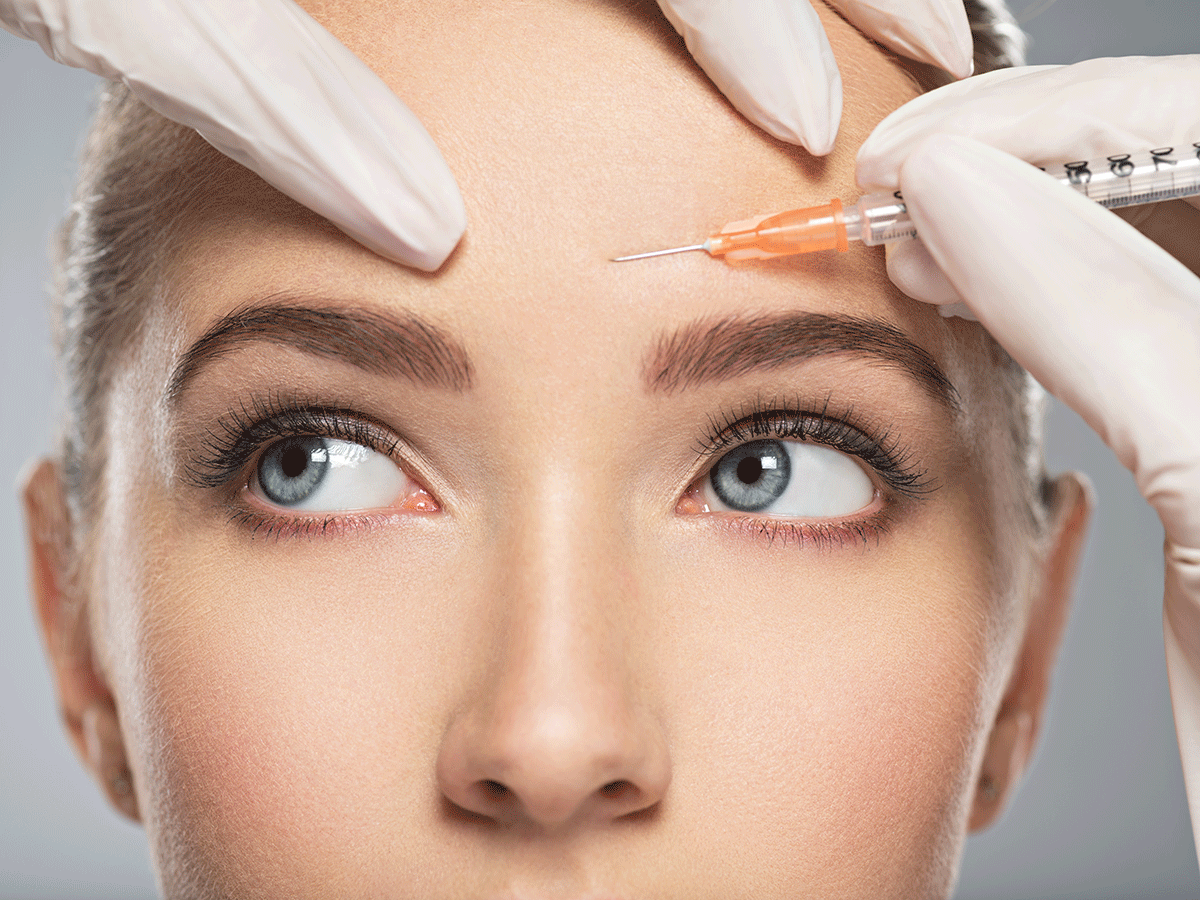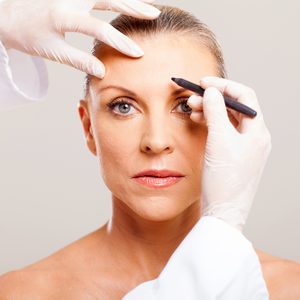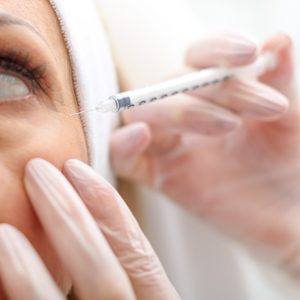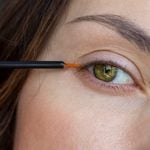Before Getting a Cosmetic Procedure, Know There’s No Miracle Treatment or Product

A Toronto-based cosmetic plastic surgeon shares what he's learned after 20-plus years in the industry.
Going to a cosmetic surgeon, dermatologist or medispa isn’t so simple anymore. We’ve made many advances in non-surgical rejuvenation of the aging face, but the number of different approaches and technologies has proliferated wildly. While there’s much more available to you than I can discuss in one column, I can certainly hit the high points, demystify facial treatments for you a little and share a few things I’ve learned in my 20-plus years in the business.
First, let’s be clear: No one type of treatment is going to address all the ways your face is aging. Over time, your face deflates; you lose fat. It descends; muscle and tissues droop. And it deteriorates; pores enlarge and redness, brown spots and wrinkles develop. While whatever you choose to do will likely have an impact, there’s no single non-surgical treatment or panacea that will turn back the clock. When you book a consultation, go in looking for a “customized” action plan that will address all of your concerns over time.
Where to start
Most people start with injectables and, from our point of view, they’re pretty much essential. There are muscle-relaxing neurotoxins, like Botox, that wrestle wrinkles into submission and dermal fillers, like Revanesse, Teosyal, Restylane and Juvéderm, that “fill” deeper wrinkles, folds and furrows and restore some of the fullness lost. Though injectable manufacturers want you to ask for their brand by name, don’t get hung up on that. Your physician will use the injectable he knows from his experience will get you the results you want. There’s no downtime after Botox, but fillers can cause a little swelling and, occasionally, bruising. You may want to take that into consideration.
While injectables diminish lines and give you back some fullness, fractional radiofrequency (RF) and laser devices get you closer to the smooth, translucent skin of your youth, delivering energy to the skin and stimulating collagen and elastin growth. These lasers can help lessen discolouration, diminish brown spots, even out pigmentation, improve texture and soften wrinkles to some extent as well. (Psst: Check out the everyday habits make your wrinkles worse.)
Your physician or medical aesthetician will prescribe a series of facial treatments over a few months and you’ll see results progressively from the first treatment. Expect a little swelling, redness and downtime. There are a lot of RF and laser devices available to physicians and, as with injectables, they do very similar things, so don’t get too hung up on brand names. That said, a few stand out. Fraxel, one of the early-generation fractional lasers for diminishing wrinkles and improving skin, is widely used. And you’ve likely heard of the Pico laser, with treatments known as the PicoFacial and PicoSure. The Pico was developed to remove tattoos, but it’s great for acne scars, wrinkles and overall skin rejuvenation. Photofacials combine a number of light wavelengths to eliminate damaged skin cells and give collagen production a boost, with less downtime than fractional lasers.
RF energy heats the lowest levels of the skin to repair and regenerate from the inside out. Forma, a gentle treatment that uses RF energy, is great for subtly tightening the skin. There are fractional RF devices, like Fractora and Morpheus, that tighten skin as well.
Confused? The differences between the technologies can be hard to grasp.
Professionals who work with them every day will know what’s going to work best for you. I’ll repeat myself: There’s no miracle treatment or procedure, despite what clinics, which may have invested pretty heavily in a new procedure, may imply.
The platelet-rich plasma (PRP) facial, heavily marketed as the “vampire facial,” is sometimes touted by clinics as “the answer.” PRP adds growth factor from your own blood to skin on your face and has a nice additive effect when a fractional treatment is performed before the procedure, but it’s no panacea.
Choose a physician or medispa that has a wide range of procedures and technologies available to help you get the results you want. I’d love to tell you that one laser treatment or one round of injectables is all you’ll need but, alas, no. If you’re going to embark on this journey, plan on regular, though not necessarily frequent, treatments over the course of a year.
(Psst: Here’s how to cultivate a healthy self-image.)
With that said, is there one single thing that most women can do that will make a significant difference?
Yes, and it may surprise you. Nothing ages you more than the loss of volume in the periorbital area around the eyes—the tear troughs above the periorbital bone. It’s the hollowing under the eyes more than, say, the smile lines you’ve developed on each side of your mouth that ages you most. Treating the periorbital area with a filler can make a huge difference.
Dr. Stephen Mulholland is a cosmetic plastic surgeon and founder of SpaMedica, a full-service cosmetic surgery and medical spa in Toronto.







